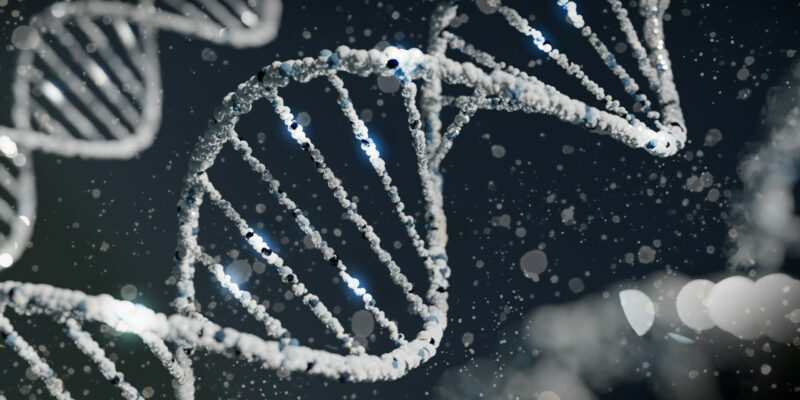Genes, the fundamental units of heredity, are pivotal in shaping every aspect of living organisms. These molecular instructions, composed of DNA, carry the genetic information that influences traits, behaviors, and susceptibility to various conditions. In this exploration, we’ll delve into the basics of genes, uncovering the intricacies of their structure, function, and the profound impact they have on life.
The Structure of Genes
Genes are segments of DNA (deoxyribonucleic acid), a complex molecule that resembles a twisted ladder, commonly known as the double helix. The structure of DNA consists of two long chains of nucleotides, each comprising a sugar, a phosphate group, and one of four nitrogenous bases: adenine (A), thymine (T), cytosine (C), and guanine (G). The sequence of these bases forms the genetic code.
Genes are specific sequences of DNA located at particular positions on chromosomes within the cell’s nucleus. Humans have approximately 20,000 to 25,000 genes, each carrying instructions for producing a specific protein or RNA molecule.
The Role of Genes in Protein Synthesis
Proteins, essential for the structure and function of cells, are the end products of gene expression. The process of protein synthesis involves two main stages: transcription and translation.
- Transcription: This initial step takes place in the nucleus. The DNA unwinds, and an enzyme called RNA polymerase reads the DNA sequence, transcribing it into a complementary RNA molecule called messenger RNA (mRNA). The mRNA serves as a temporary copy of the genetic instructions.
- Translation: The mRNA then moves to the cell’s cytoplasm, where ribosomes read its sequence in sets of three nucleotides called codons. Each codon corresponds to a specific amino acid, the building blocks of proteins. Transfer RNA (tRNA) molecules bring the corresponding amino acids to the ribosomes, forming a protein chain.
In essence, genes act as templates for protein synthesis, orchestrating the assembly of amino acids into complex protein structures that perform vital bodily functions.
Variability in Genes: Alleles and Mutations
While genes’ basic structure and function are conserved, genetic variability arises through different versions of a gene called alleles. Alleles can lead to variations in traits such as eye color, height, or susceptibility to certain diseases. Individuals inherit one allele from each parent, contributing to the unique combination of genetic information that makes each person distinct.
Occasionally, mutations can occur in genes, altering the sequence of nucleotides. Various factors, including environmental influences, errors in DNA replication, or exposure to certain chemicals, can cause mutations. While some mutations have no noticeable effect, others can impact protein function and may be associated with genetic disorders or an increased risk of certain conditions.
Genes and Inheritance Patterns
The principles of inheritance were elucidated by Gregor Mendel in the 19th century, laying the foundation for modern genetics. Mendel’s laws describe how traits are passed from one generation to the next through the inheritance of genes.
- Law of Segregation: Each individual has two alleles for a trait, one inherited from each parent. These alleles segregate during the formation of gametes (sperm and egg cells), ensuring that each gamete carries only one allele for each trait.
- Law of Independent Assortment: The alleles for different traits segregate independently during gamete formation. This principle explains the inheritance of multiple characteristics simultaneously.
Understanding genetic inheritance patterns is crucial for predicting the likelihood of specific traits or conditions within a family and contributes to advancements in genetic counseling and medical genetics.
Genes and the Environment
While genes provide the blueprint for the development and functioning of organisms, the environment also plays a significant role in influencing how genes are expressed. The interaction between genes and the environment is known as gene-environment interaction.
Environmental factors, such as nutrition, exposure to toxins, and lifestyle choices, can impact gene expression and contribute to variations in traits and susceptibility to certain conditions. Epigenetics, a field of study exploring changes in gene activity that do not involve alterations to the underlying DNA sequence, further emphasizes the dynamic interplay between genes and the environment.
Conclusion
Genes, the fundamental units of heredity, encompass the intricate instructions that guide the development and functioning of living organisms. Understanding the structure, function, and variability of genes provides invaluable insights into the complexities of life. From the basic principles of inheritance to the profound influence of genes and the environment, the exploration of genes continues to unravel the mysteries of genetics, paving the way for advancements in medicine, biotechnology, and our broader understanding of life.













